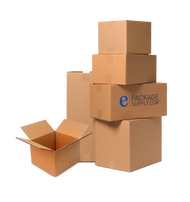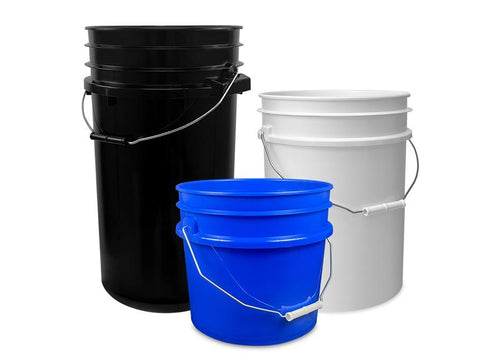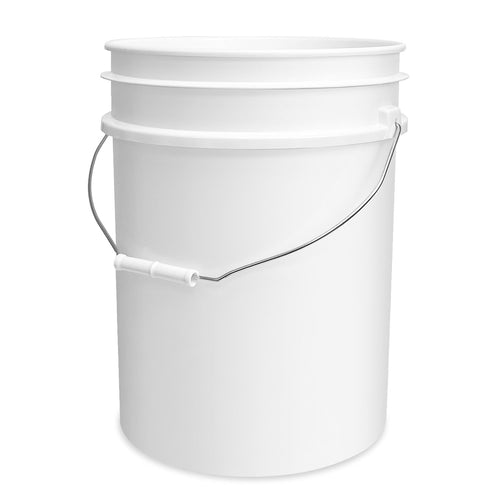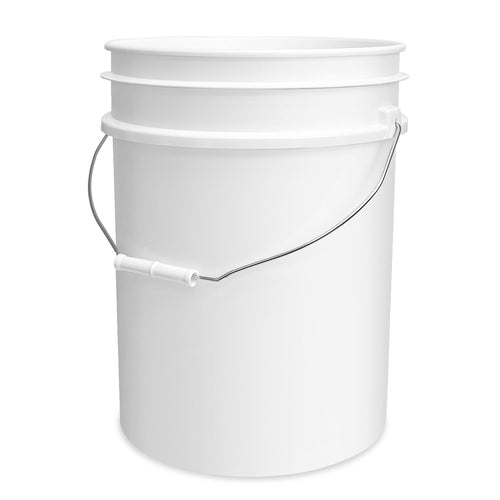You rely on corrugated boxes to protect your products during shipping and storage. But have you ever paid close attention to the markings on the bottom? You might have seen something like "32 ECT" or "44 ECT." These numbers and the acronym "ECT" serve as indicators of your box's strength and performance. Understanding ECT ratings can save you money, reduce damage, and ensure your products arrive safely.
ECT Ratings: What They Are and Why They Matter
ECT stands for Edge Crush Test. It's a laboratory test that measures the compression strength of a corrugated board. Specifically, it determines the amount of force, in pounds per linear inch (lb/in), that a short section of the board can withstand on its edge before it buckles or crushes.
Think of corrugated board as having flutes (the wavy inner layers) sandwiched between liners (the flat outer layers). The strength of the board when stacked comes primarily from the vertical support provided by these flutes. The ECT test directly measures this vertical stacking strength.
Key Point: ECT ratings help determine how well a box will hold up when stacked — critical for shipping, storage, and cost efficiency.
Why ECT Ratings Are Important
A higher ECT rating directly translates to a stronger board, capable of withstanding greater weight when boxes are stacked during transit or warehouse storage. This strength helps prevent collapse, protects your products, and reduces costly damage claims.
Choosing the right ECT also helps you avoid overengineering. Using a board that's too strong for your application wastes money and material. Conversely, underestimating ECT needs increases product damage and shipping issues. Many carriers also require minimum ECT standards for certain box sizes and weights.
Quick Tip: Optimize your packaging by selecting the lowest ECT that still meets your stacking, shipping, and durability requirements.
Common ECT Ratings and Their Uses
Here's a general guideline for common ECT ratings and how they’re typically used:
- 23 ECT: Lightweight items, inner packaging, or void fill.
- 26 ECT: Light to moderate weight items with low stacking.
- 32 ECT: Most common; fits a wide range of applications and meets many carrier minimums.
- 44 ECT: Heavier loads or stacked pallets; provides added strength.
- 48+ ECT: Extremely heavy or fragile items needing top-tier protection.
Factors That Influence Box Strength Beyond ECT
While ECT is crucial, it's not the only variable. Consider these additional factors:
- Box Design: Dimensions and style impact how weight is distributed.
- Flute Profile: A, B, C, and E flutes each offer different cushioning and support.
- Weight Distribution: Uneven loading reduces stacking efficiency.
- Environmental Conditions: Moisture and rough handling weaken boxes.
Choosing the Right ECT Rating
Selecting the right ECT requires evaluating product weight, how it’s shipped, how high it's stacked, and what handling it will experience. Match your box to these variables to ensure cost-effective performance.
When in doubt, talk to a packaging expert. At ePackageSupply, we can help you identify the ideal rating for your use case — saving you money and protecting your products.
Key Takeaways: ECT Ratings
- ECT = Edge Crush Test: measures stacking strength of corrugated board
- Higher ECT = more stacking durability
- Common values include 32, 44, and 48 ECT
- Pick the right rating based on weight, fragility, and shipping conditions
- Lower ECT saves money if overperformance isn't needed
- Essential for shipping compliance and product safety
Shop Smart. Ship Safely.
Explore our full range of corrugated packaging options designed to match your exact shipping and stacking needs.

 Violet Zhang
Violet Zhang
















































